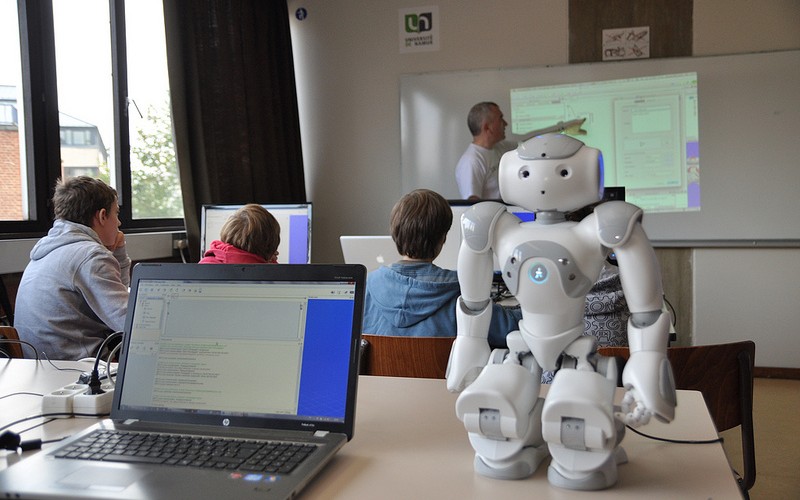
Robotics Education
Introduction
In today’s technology-driven world, robotics education has emerged as a powerful tool to equip students with the skills and knowledge they need to thrive in the future.
By engaging in hands-on robotics activities, students develop critical thinking, problem-solving, and creativity skills,
while also gaining a deep understanding of engineering and programming principles.
Robotics education ignites a passion for STEM fields and prepares students for careers in robotics, artificial intelligence, and other cutting-edge industries.
1. Igniting a Passion for STEM
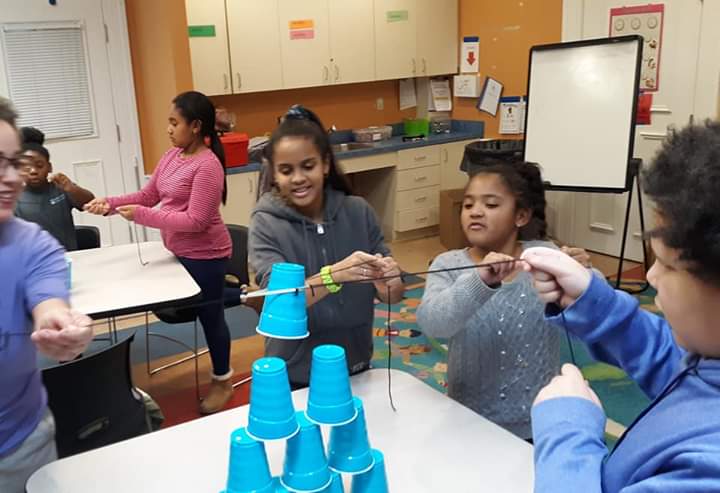
Robotics education has emerged as a powerful tool to ignite a lifelong interest in science, technology, engineering,
and mathematics (STEM) fields among students of all ages and backgrounds.
By engaging in hands-on robotics activities, students develop a deeper understanding of STEM concepts,
foster creativity and problem-solving skills, and cultivate a passion for exploration and innovation.
Nurturing STEM Curiosity through Robotics
Robotics projects provide a captivating and interactive learning environment that sparks curiosity and encourages exploration of STEM concepts.
As students design, build, and program robots, they gain a tangible understanding of scientific
principles,engineering concepts, and mathematical algorithms.
Fostering Critical Thinking and Problem-Solving Skills
Robotics challenges students to think critically and creatively to solve complex problems.
The process of building a robot from scratch requires students to identify challenges,
formulate solutions, and test their ideas, developing their problem-solving and analytical skills.
Cultivating Creativity and Innovation
Robotics projects provide a platform for students to express their creativity and ingenuity.
By designing unique robots and devising innovative solutions, students learn to think outside the box and embrace unconventional approaches,
fostering a mindset of innovation and entrepreneurship.
Preparing Students for Future Careers in STEM
Robotics is crucial for preparing students for future careers in STEM fields,
which are expected to experience significant growth in the coming years.
Robotics provides a hands-on introduction to the core concepts and skills required for various STEM professions,
such as robotics engineering, artificial intelligence, and computer science.
Integrating Robotics into the Classroom
To make robotics more accessible to all students, schools and educators can incorporate robotics activities into their curriculum.
This can be achieved by providing access to robotics kits and resources,
offering robotics clubs and after-school programs, and integrating robotics projects into science, technology, and engineering classes.
Encouraging Participation in Robotics Competitions and Events
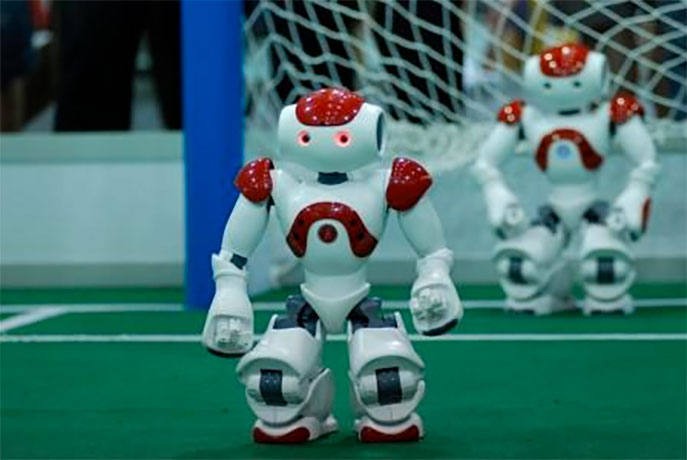
Robotics competitions and events provide students with an opportunity to showcase their skills,
collaborate with peers, and learn from experts in the field.
These events also foster a sense of community and passion for robotics among students,
further igniting their interest in STEM fields.
Robotics Education: A Gateway to a World of Possibilities
Robotics offers a gateway to a world of possibilities, empowering students with the knowledge,
skills, and creativity needed to thrive in an increasingly technology-driven world. By igniting a passion for STEM,
robotics education prepares students for future careers in robotics and related fields,
while also fostering critical thinking, problem-solving, and creative thinking skills that are essential for success in any field.
2. Nurturing Creativity and Problem-Solving Skills

Robotics fosters creativity, problem-solving, and critical thinking skills in a way that is both engaging and effective.
Through hands-on projects and open-ended challenges, students are encouraged to think outside the box and come up with innovative solutions.
Creativity Takes Charge
Robotics projects provide a platform for students to express their creativity and ingenuity.
Designing unique robots and devising innovative solutions allow students to explore their imagination and come up with unconventional approaches.
Problem-Solving Prowess
The process of building a robot from scratch requires students to identify challenges,
formulate solutions, and test their ideas. This iterative process develops their problem-solving and analytical skills,
enabling them to tackle complex issues with a structured and methodical approach.
Critical Thinking Comes Alive
Robotics projects encourage students to think critically and creatively.
They must analyze problems from multiple perspectives, consider various options, and evaluate the effectiveness of their solutions.
This fosters a mindset of continuous improvement and a deep understanding of the principles at play.
Examples of Innovative Robotics Projects
- Line-Following Robot: Students design a robot that can navigate a path using sensors and programming.
- Obstacle-Avoiding Robot: Students create a robot that can detect and avoid obstacles using ultrasonic sensors and programming.
- Robotic Arm: Students build a robotic arm that can manipulate objects using servo motors and programming.
- Robotic Gripper: Students construct a robotic gripper that can pick up and release objects using pneumatic actuators and programming.
- Robotic Sorting Machine: Students design a robotic sorting machine that can identify and classify objects using color sensors and programming.
These examples demonstrate the wide range of creative and innovative robotics projects that students can undertake.
Through these projects, students develop essential skills that will serve them well in their academic pursuits and future careers.
3. Bridging the Gap: Preparing Students for a Future Driven by Robotics
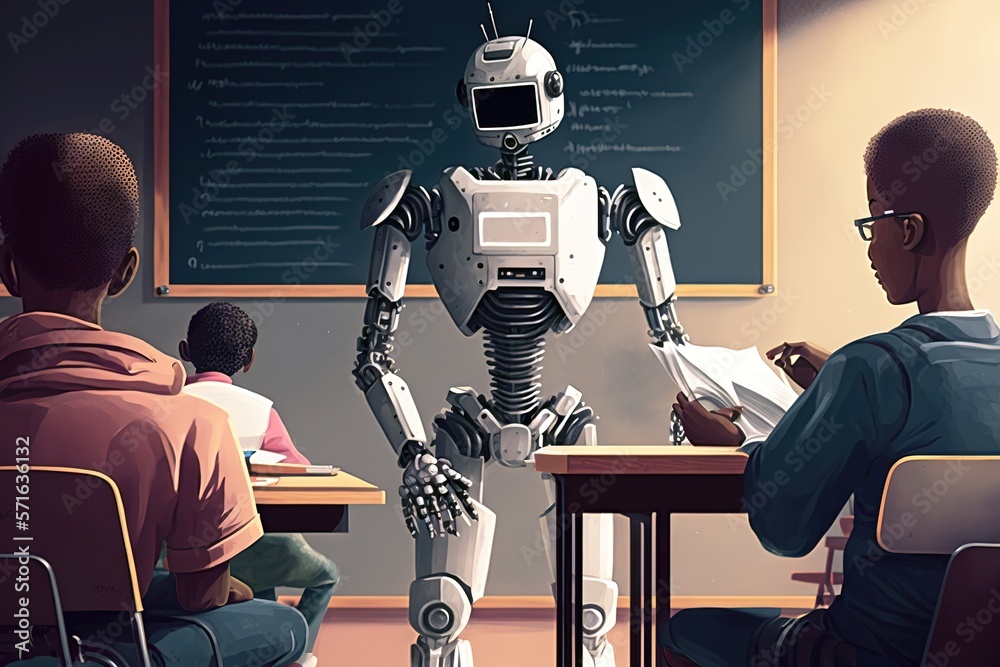
The field of robotics is rapidly expanding, driven by technological advancements and the increasing demand for automation in various industries.
As this trend continues, the need for skilled professionals in robotics and related fields is expected to grow exponentially.
Robotics plays a crucial role in preparing students for these in-demand careers by equipping them with the necessary skills and knowledge.
A Thriving Industry with Diverse Opportunities
Robotics spans a wide range of industries, including manufacturing, healthcare, logistics, agriculture, and construction.
Each sector has unique applications for robots, creating diverse career opportunities for robotics professionals.
Essential Skills for Robotics Careers
To succeed in robotics careers, individuals require a combination of technical expertise and soft skills. Technical skills include:
- Robotics design and engineering
- Programming languages
- Sensor and actuator technology
- Control systems and automation
In addition to technical skills, soft skills such as problem-solving, critical thinking, teamwork, and communication are highly valued by employers in the robotics industry.
Robotics Education: Paving the Way to Success
Robotics equips students with the fundamental knowledge and hands-on experience they need to thrive in robotics careers.
Through engaging coursework, practical projects, and industry collaborations, students gain a comprehensive understanding of robotics principles,
develop technical skills, and enhance their problem-solving abilities.
Preparing for the Future of Robotics
As robotics technology continues to evolve, robotics must adapt to meet the needs of the changing industry. Computer vision Top seo ranking
By incorporating cutting-edge technologies, fostering collaboration with industry partners, and providing exposure to emerging trends,
robotics education programs ensure that students are prepared for the challenges and opportunities ahead.
Robotics education empowers students to become active participants in shaping the future of robotics,
contributing to advancements in technology, automation, and artificial intelligence.
With the right skills and knowledge, robotics professionals can make a significant impact on various industries and play a crucial role in shaping the world we live in.
4. The Transformative Impact of Robotics Education

Robotics has transformed the lives of countless students, fostering a passion for STEM fields,
enhancing academic performance, and nurturing personal growth.
Here are a few inspiring success stories:
- Emily Santos: Emily, a high school student from a low-income community, discovered her passion for engineering through robotics. She excelled in robotics competitions and received a full scholarship to an Ivy League university, where she is now pursuing a degree in robotics engineering.
- David Chen: David, a student with learning disabilities, found a newfound confidence and sense of accomplishment through robotics. He developed a robot that assisted people with mobility impairments, winning a national robotics competition and gaining recognition for his innovation.
- Sarah Jones: Sarah, a shy and introverted student, blossomed into a confident leader through robotics club participation. She mentored younger students, organized robotics events, and developed exceptional teamwork and communication skills.
Positive Impact on Academic Performance and Personal Growth
Robotics has been shown to have a significant positive impact on students’ overall academic performance.
Studies have demonstrated that students who engage in robotics activities show improved math, science, and problem-solving skills.
Beyond academic gains, robotics education fosters personal development in various ways. It instills a sense of creativity, innovation, and resilience in students.
They learn to face challenges head-on, persevere through setbacks, and collaborate effectively to achieve their goals.
Robotics education empowers students to become critical thinkers, problem solvers, and creative innovators.
It ignites their passion for STEM fields, prepares them for future careers, and instills valuable life skills that benefit them in all aspects of their lives. Related queries
5. Resources and Opportunities in Robotics Education
Whether you’re a parent seeking to engage your child in STEM education, an educator looking to incorporate robotics into your curriculum,
or a student eager to explore robotics, there are numerous resources available to guide you on your journey.
Parents:
- FIRST LEGO League: This global robotics program offers a variety of challenges for students of all ages, encouraging teamwork, creativity, and problem-solving.
- VEX Robotics: This educational platform provides kits, curriculum, and competitions for students to learn about robotics and engineering concepts.
- Robogames: This organization hosts robotics competitions and workshops for students of all levels, fostering a passion for STEM fields.
Educators:
- National Robotics Education Center: This resource center provides professional development, curriculum resources, and networking opportunities for robotics educators.
- Robotics Education & Competition (REC) Foundation: This non-profit organization offers a variety of robotics programs and competitions for K-12 students, promoting STEM education.
- RoboCup Junior: This international robotics competition focuses on creativity, innovation, and problem-solving, encouraging students to explore robotics and technology.
Students:
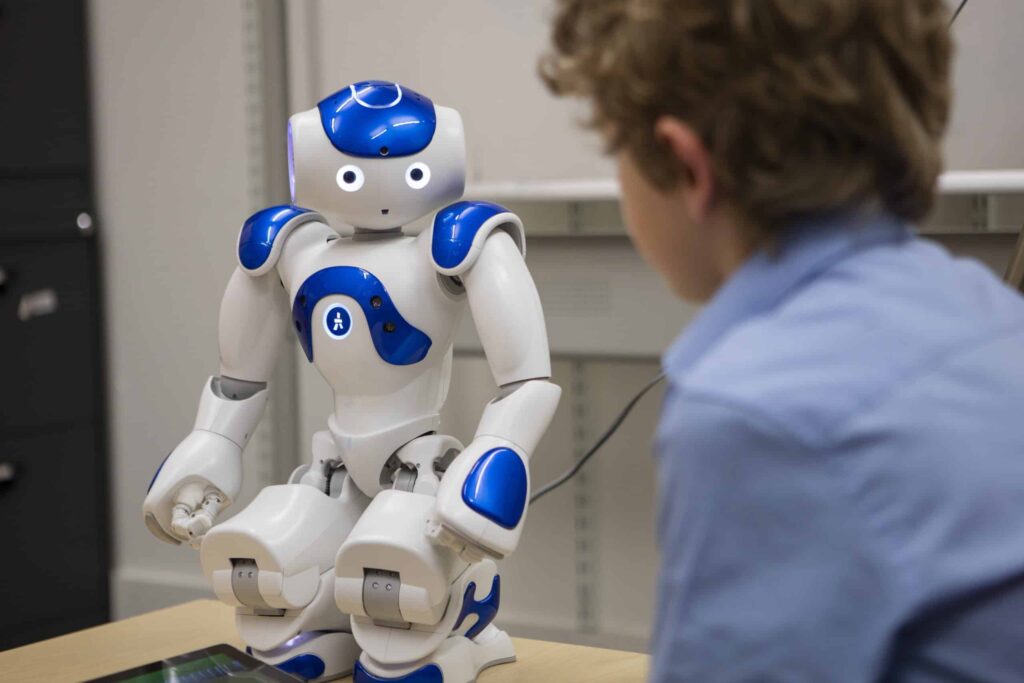
- Khan Academy: This online learning platform offers free robotics courses and tutorials, covering a wide range of topics from basic programming to advanced robotics concepts.
- Codecademy: This interactive learning platform provides courses on various programming languages, including those commonly used in robotics, such as Python and C++.
- Udacity: This online education platform offers courses on artificial intelligence, machine learning, and robotics, preparing students for future careers in these fields.
Additional Opportunities:
- Robotics Summer Camps: Numerous organizations offer robotics summer camps for students of all ages, providing hands-on learning experiences and exposure to advanced robotics concepts.
- Robotics Clubs and After-School Programs: Check with local schools, community centers, and libraries for robotics clubs and after-school programs that offer extracurricular robotics activities.
- Online Robotics Communities: Engage with other robotics enthusiasts through online forums, social media groups, and online communities to share ideas, ask questions, and collaborate on projects.
By exploring these resources and opportunities, parents, educators, and students can embark on a fulfilling journey into the exciting world of robotics.
Conclusion
As we step into a technology-driven future, robotics education has emerged
as a powerful tool to equip students with essential skills and prepare them for success in a rapidly evolving world.
By engaging in hands-on robotics activities, students develop critical thinking, problem-solving,
and creativity skills, while also gaining a deep understanding of engineering and programming principles.
Robotics education ignites a passion for STEM fields and prepares students for careers in robotics,
artificial intelligence, and other cutting-edge industries.
Invest in robotics education today, and empower the next generation of innovators to shape a brighter tomorrow.
FAQS
It’s a type of STEM education that teaches students about designing, building, programming, and operating robots. It develops essential STEM skills, prepares for future careers, improves academic performance, boosts confidence, and encourages creativity. Talk to their teacher, search for programs, buy a kit, enroll in an online course, or join a club. FIRST LEGO League, VEX Robotics, RoboCup Junior, Khan Academy, and Codecademy. It’s not for everyone, but if you want them to develop STEM skills, creativity, and problem-solving, then yes.1. What is robotics education?
2. Why should I consider it for my child?
3. How can I get my child started?
4. What are some resources for parents and educators?
5. Is it right for my child?

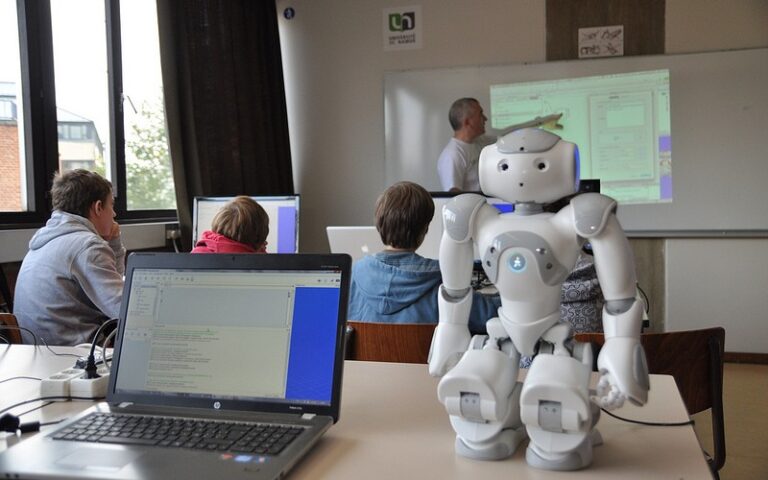





1 thought on “Robots in the Classroom: How Robotics Education Is Preparing Students for the Future Best 2023”